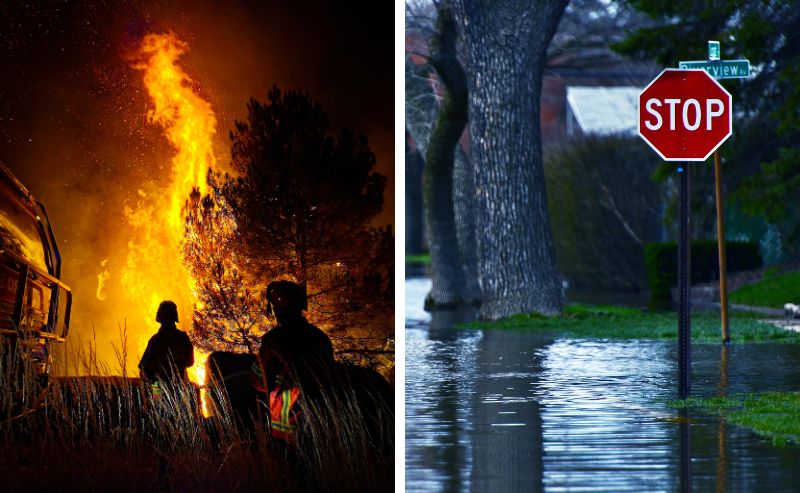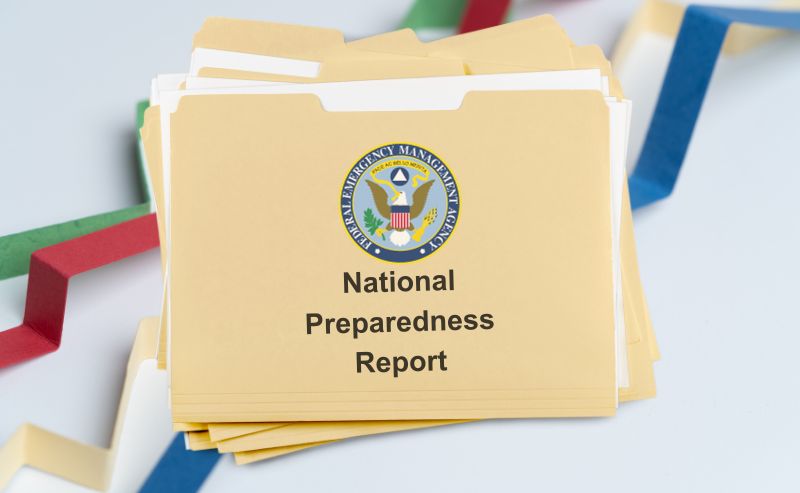Like most things, hazard mitigation planning is changing with the times. It now requires a great deal of creative thinking, extensive research and documentation, and a whole lot of collaboration among those involved in the planning process. That is, if your jurisdiction, school district or university is going to take an “all-hazards” approach to planning as recommended by FEMA.
Long gone are the days of considering only natural disasters like floods, wildfires and hurricanes. Today’s hazard mitigation plans must incorporate numerous contemporary threats that stem from man-made, biological and technological causes. Such modern-day threats include, but are certainly not limited to:
- Acts of terrorism/weapons of mass destruction
- Cyber security/data breaches
- Workforce degradation e.g., strikes, pandemic influenza
- Dam failures
- HAZMAT incidents
- Biological hazards, e.g., water contamination
- Workplace violence
Critical events such as these pose significant risk to government, the economy and the population at large.
A flu pandemic, for example, could result in high employee absenteeism, meaning banks, grocers, government offices and other essential facilities may have to operate with half, or even less, of their staff for an extended period of time. Even worse, they may have no choice but to shut down or shift operations to other, less impacted locations, leaving locals without essential services for hours, days or potentially even weeks.
The same holds true for a potential dam failure, where entire communities must evacuate until the necessary repairs can be made. Or, a chemical plant fire that forces people to leave their area or remain indoors indefinitely. The list of possible hazards and their many adverse effects goes on and on.
To support such hazard mitigation planning efforts, FEMA provides preparedness program funding in the form of Non-Disaster Grants. Information about these grants is available online at http://www.fema.gov/preparedness-non-disaster-grants.
Other Federal agencies also offer funding to support all-hazards mitigation planning. Information about these sources is available in the Catalog of Federal Domestic Assistance, which can be found online at https://www.cfda.gov/.
As experts in hazard mitigation planning, including grant writing, process facilitation, risk assessment, and strategy development, industry leader BOLDplanning can also assist. Learn more about the company and its powerful and proven online planning software by emailing info@boldplanning.com now.
Also, download BOLDplanning’s latest White Paper, Seven Key Reasons You Need a Current & Rock-Solid Hazard Mitigation Plan. It’s a quick, but informative read that may prove useful as you develop or update your plan to include today’s unprecedented threats.






